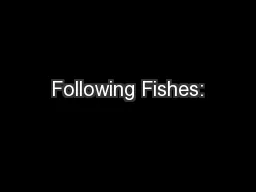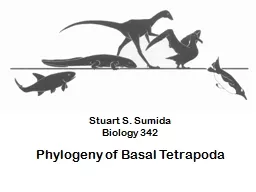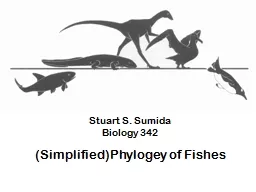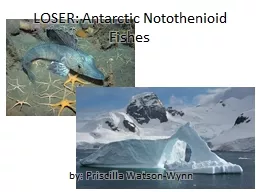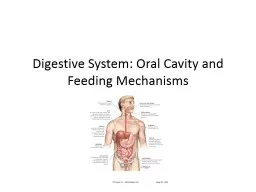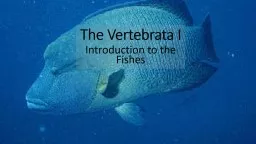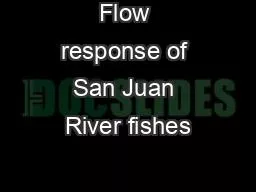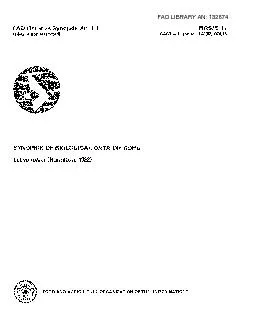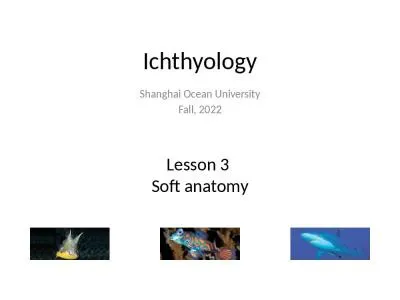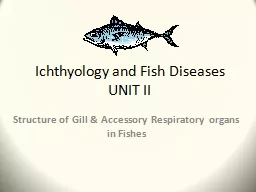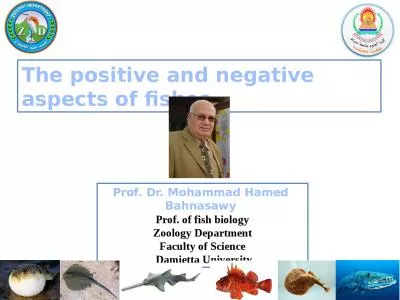PPT-Following Fishes:
Author : jane-oiler | Published Date : 2016-04-04
Anadromous Fish of Idaho An Epic Journey for Courageous Fish Steelhead at Selway Falls Description This is a 3 day lesson and activity including Day 1 Salmon biology
Presentation Embed Code
Download Presentation
Download Presentation The PPT/PDF document "Following Fishes:" is the property of its rightful owner. Permission is granted to download and print the materials on this website for personal, non-commercial use only, and to display it on your personal computer provided you do not modify the materials and that you retain all copyright notices contained in the materials. By downloading content from our website, you accept the terms of this agreement.
Following Fishes:: Transcript
Download Rules Of Document
"Following Fishes:"The content belongs to its owner. You may download and print it for personal use, without modification, and keep all copyright notices. By downloading, you agree to these terms.
Related Documents

